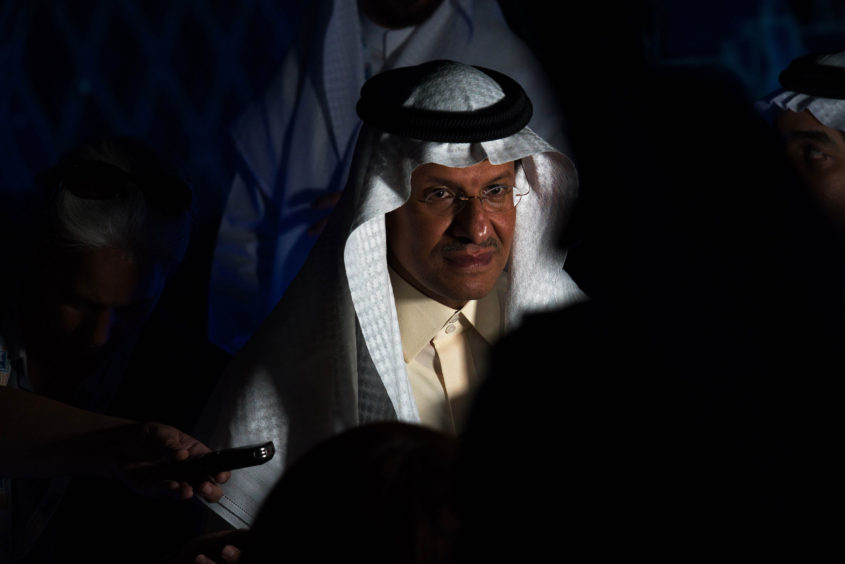
Saudi Arabia increased oil prices for customers in its main market of Asia by more than expected after crude surged above $70 a barrel and OPEC forecast that global demand would heavily outstrip supply over the rest of the year.
State energy firm Saudi Aramco hiked its key Arab Light grade for July shipments to Asia by 20 cents to $1.90 a barrel above a benchmark. Analysts surveyed by Bloomberg were expecting a raise of just 10 cents.
The kingdom sends more than 60% of its exports to Asia, with China, India, South Korea and Japan being the biggest buyers. Last month, it shipped 6.1 million barrels a day, according to preliminary data compiled by Bloomberg.
Prices for four of Aramco’s five Asian grades were increased, with the only drop coming for heavy crude. All grades for Europe were raised, while those for the US were kept the same as for June.
The move is a reverse of Aramco’s cut for Asian customers in June, a decision made in early May as new coronavirus cases hammered fuel demand in India.
The Asian country and others such as Japan and Malaysia are still struggling to slow the pandemic. Still, the Organization of Petroleum Exporting Countries this week predicted that oil stockpiles will decline rapidly from
August as lockdowns ease across major economies and travel picks up.
OPEC and its partners — a 23-nation grouping led by Saudi Arabia and Russia — stuck to a plan to increase production this month and in July. But they refused to say what their plans were beyond those dates.
Brent crude has climbed 38% in 2021 to a two-year high of about $71.20 a barrel. It extended gains this week on OPEC’s new outlook and because nuclear talks between Iran and world powers stalled. Should the sides reach a deal, the US will probably ease sanctions on Tehran’s oil exports.
Oil’s rise has led to fears of an acceleration in inflation and to calls for OPEC+, as the alliance is known, to boost output.
“There will always be a good amount of supply to meet demand,” Saudi Energy Minister Prince Abdulaziz bin Salman said at a forum in St. Petersburg on Thursday. “We’ll have to see demand” before producers increase supply, he said.
OPEC+ made unprecedented output cuts in May last year as the pandemic shut down businesses and crushed the global economy. They have slowly eased those restrictions, but are still withholding around 6 million barrels a day of crude.
Most Persian Gulf countries set official selling prices each month as a premium or discount to a benchmark. Aramco’s OSPs serve as a bellwether for oil markets and often set the trend for states such as Kuwait and Iraq.
Recommended for you
